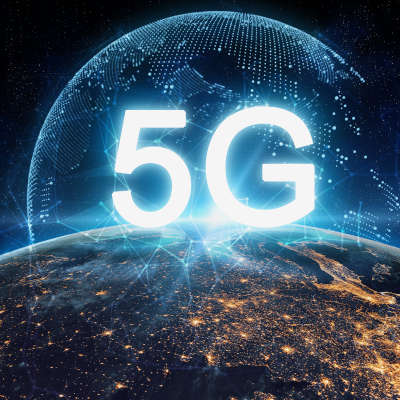For the wireless industry 2020 was a momentous year, but also one marked by some controversy. The official launch of 5G networks was invigorating at the same time as it prompted some reconfiguration of the industry and in the positions of the players. What were these changes? How will the landscape continue to change as the 5G expansion continues? When will 5G make a significant difference to mobile connectivity?
5G So Far…
At the beginning of 2020 Verizon was America’s largest carrier by a long way. AT&T and T-Mobile (which was then trying to acquire or merge with Sprint) were also players, though some distance behind Verizon. Their strategies regarding 5G differed. Verizon focused on implementing millimetre-wave networks in selected cities. T-Mobile opted for implementing low-band 5G that was similar to 4G, but would be available nationwide. AT&T went for an approach that was a combination of the two.
At the start of 2021, the largest carrier is still Verizon, but T-Mobile has jumped ahead in the 5G race. It has the largest network availability and is now the second-largest provider, with AT&T following behind them. T-Mobile’s strategy is to roll out mid-band 5G that features better coverage and improved speeds. AT&T has concentrated on attracting customers with promotions.
Verizon and T-Mobile are now competing intensely, with ambitious plans underway to maintain their market dominance. T-Mobile’s 2021 strategy includes network expansion that will provide its faster mid-band 5G to two hundred million people by the end of the year. They also plan to pioneer a standalone 5G network. Other carriers are also working to this end. For Verizon, millimetre-wave is the primary focus. They are concentrating on indoor use and performance, and improving their networks in the cities where it’s already available.
T-Mobile and Verizon are both considering the potential of 5G and home broadband, which eliminates the need for landlines for home internet access. This is an expanding area of interest, with considerable benefits for customers, who will find it an attractive alternative. AT&T is looking to improve the responsiveness of their 5G network.
The Continuing Evolution of 5G
5G hasn’t been perfected yet. As mentioned, 5G low-band network connectivity is not far ahead of 4G, but that could be changing. The Federal Communications Commission is selling off more of the mid-band network. However, the impact of this auction, in terms of improving coverage, will be felt slowly and it will likely be at least two to three years before the effects become apparent.
As things stand now, 5G is set to have an impact on mobile connectivity, but not just yet. What are your views? Are you looking forward to the potential of 5G for your business? Let us know in the comments and, for help optimizing networking for your business, call the Quikteks team at (973) 882-4644.

